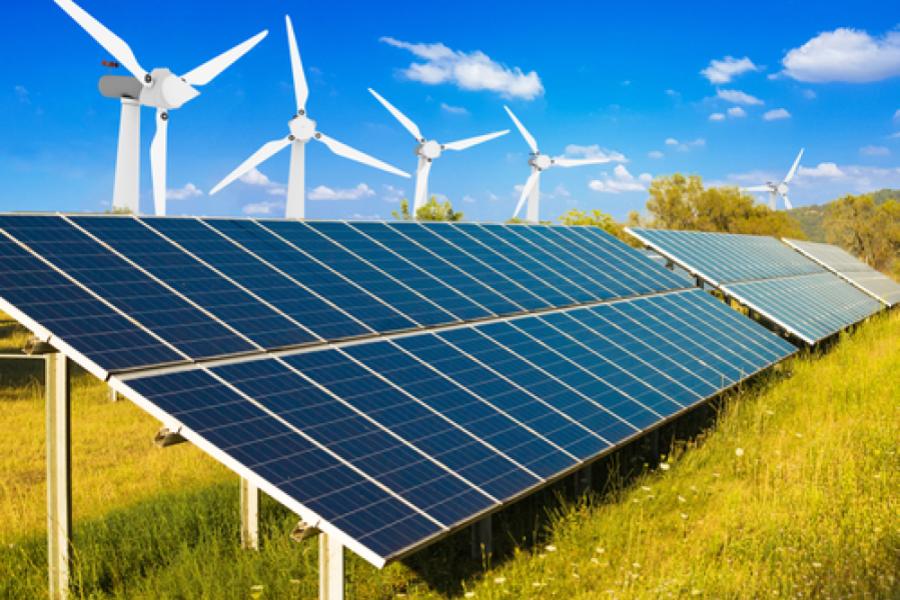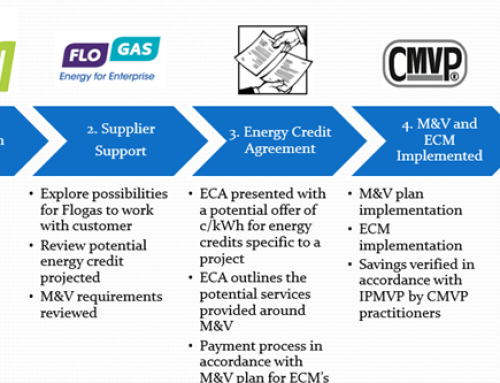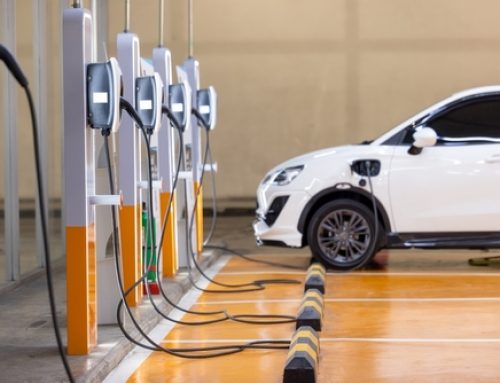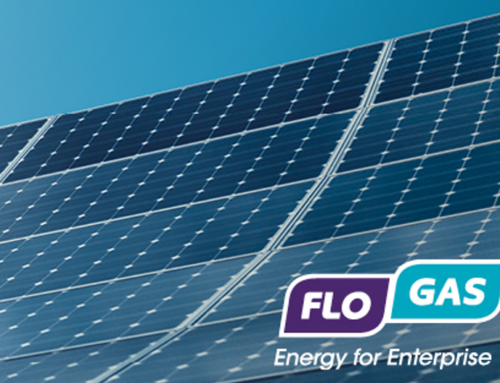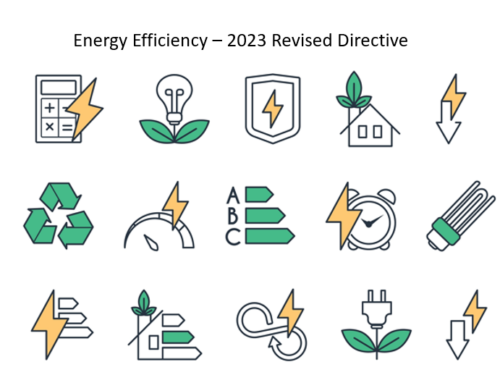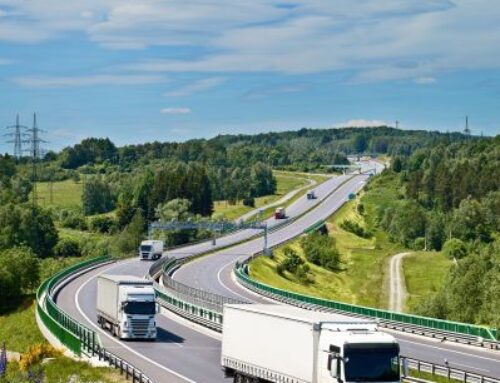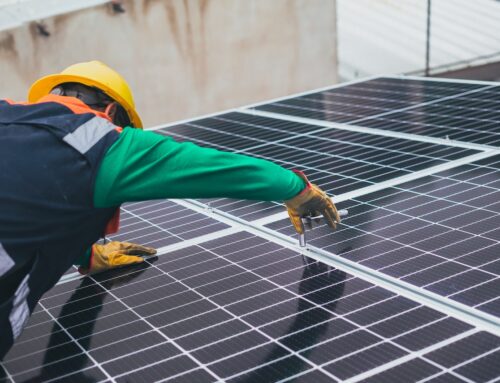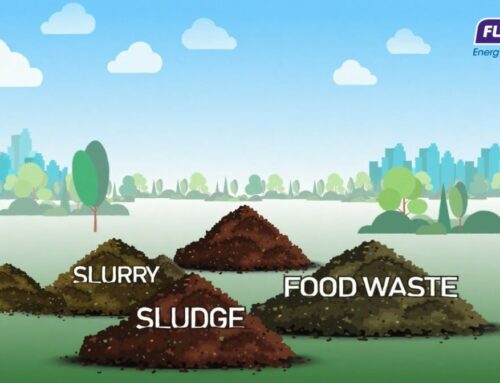Energy Efficiency Obligation Scheme (EEOS) 2014-2020
2020 marked the end of the first Energy Efficiency Obligation Scheme, originally set up in 2014 by the Irish government. The scheme was developed in response to article 7 of the EU Energy Efficiency Directive (EED) which took effect in 2012.
The EED established a common framework of measures for member states to promote and implement energy efficiency measures. Article 7 of the Directive specified guidelines for the development of an Energy Efficiency Obligation Scheme (EEOS).
In Ireland, the EEOS is administered by the Sustainable Energy Authority of Ireland (SEAI) and Flogas is required to achieve energy savings as an Obligated Party under this scheme.
2021 will be the start of a new scheme which will run until 2030. In 2018, the EED was amended by the EU, to include a renewal of the scheme. The Department of the Environment, Climate and Communications (DECC) recently launched a consultation on the redesign of the EEOS, which will be in operation from the start of 2022. Although what lies ahead is not confirmed yet, we now have a good overview of what was achieved over the course of the last six years.
FLOGAS ENTERPRISE (NATURGY) ACHIEVEMENTS
As seen in Table 1 below, Flogas Enterprise has met its target and largely exceeded it every year of the scheme. The targets were exceeded by an average of 25% each year.

The following comparisons illustrate the total savings that have been achieved and give an idea of what that represents.
Our total savings from 2014 to 2020 represent :
- the heating and powering of 8,100 homes for a year.[1]
- the electricity generated by 27 turbines in a year.
- the CO2 emissions of 8,700 people in one year.[3]
These considerable savings have been the result of supporting many energy efficiency projects with our customers as well as partner companies and the continuous search for new ways to promote energy efficiency and claim credits.
HIGH STANDARD OF SAVINGS
Flogas Enterprise has a wide skill set with a team of engineers and energy experts both in house and in our partner company. They provide support on energy management by identifying energy savings, implementing energy projects, then sustaining and improving long term energy performance.
For all our energy efficiency projects, savings are demonstrated using engineering calculations and/or measurement and verification procedures, following guidelines from the International Performance Measurement and Verification Protocol (IPMVP). This is important to prove the existence and quality of savings.
It is therefore essential to have qualified and certified engineers who understand energy and propose options on how to save it. By working with qualified experts, Flogas Enterprise helps our customers save on their energy bills, as well as reduce their carbon footprint by consuming less energy.
TYPES OF PROJECTS
Over the course of the current EEOS, Flogas Enterprise has supported more than 300 large projects, sized between 1 and 5 GWh, for which a variety of energy efficiency measures were employed.
A large portion of the projects supported were bespoke projects, developed and adapted for businesses and their specific needs. This included a variety of techniques such as, Commercial Building Stock Assessment, which is a procedure that allowed Flogas to claim savings associated with new and old building upgrades in line with government standards.
Combined heat and power (CHP) is a highly efficient technology that generates electricity while capturing and utilising the heat that would otherwise be wasted, as thermal energy. These kinds of devices were upgraded on many facilities to install more efficient, up to date, models.
Another contributor to the total savings has been the ISO50001 methodology. This international standard specifies the requirements for establishing, implementing, maintaining and improving an energy management system on a continuous basis. In the past, Flogas has also supported thermal steam projects along with compressed air upgrade projects with customers.
Lastly, lighting upgrades represented a significant element of all projects submitted. A lighting upgrade involves replacing the existing lightbulbs in a facility with more efficient, LED lightbulbs. It is a simple and effective method to reduce electricity bills. Through our partnerships with lighting companies, Flogas has supported a large amount of lighting projects.
The large portion of lighting projects can be explained by how straightforward the concept is. More efficient bulbs can be installed at low costs, very quickly and provide instant, accreditable savings. Additionally, the electricity savings have, up until now, been calculated as primary savings. Primary savings account for losses during transformation and distribution of energy. To do so, the final savings are multiplied by a factor of 2.5. However, the new scheme will be focused on accounting for all savings in final energy, therefore all lighting projects will lose the 2.5 multiplier.
Flogas Enterpirse is optimistic and ambitious to keep supporting energy efficiency projects under the new 2021-2030 EEOS and is already working on new, innovative ideas for energy efficiency projects as well as reinforcing our support for currently existing projects.
If you have any queries on energy efficiency, please feel free to contact Ciaran Gahan (ciaran.gahan@flogas.ie )
[1] From the energy needed, on average in 2017, to heat and power one Irish house for the year, according to the Commission for Energy Regulation.
[2] From the average 2015 energy generation of a large wind turbine in Ireland, according to the International Energy Agency.
[3] From the average Irish person’s CO2 emissions in 2017, according to ‘Our World in Data’.


